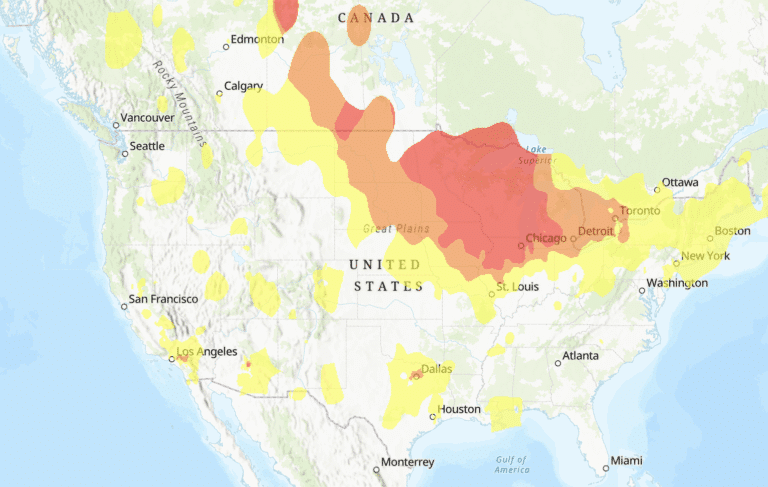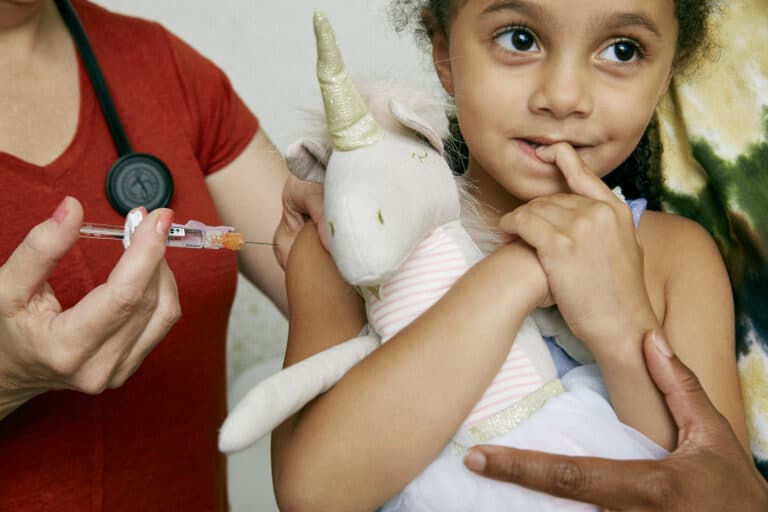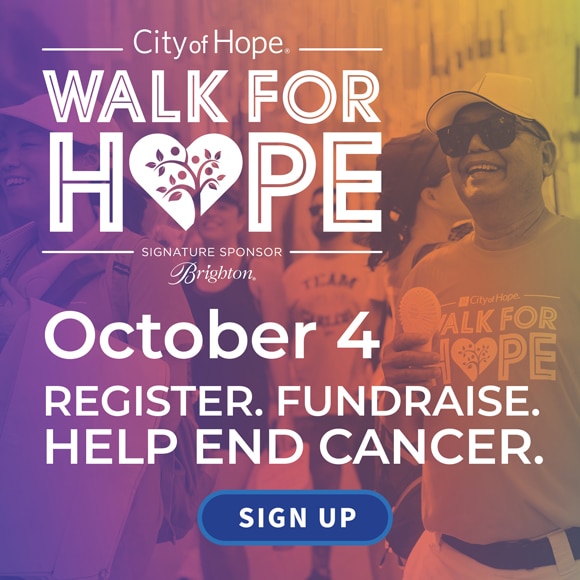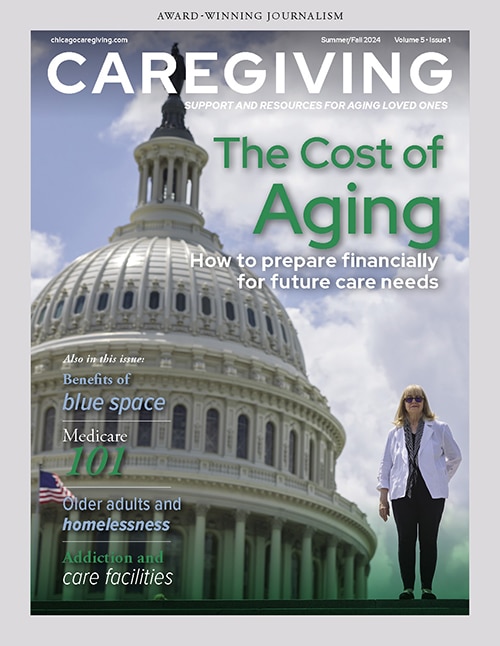It’s nine months into the pandemic, and with Thanksgiving around the corner, we must stay vigilant to enjoy this treasured holiday.
Covid-19 cases have reached record highs in Illinois, and in some states, hospitals are already stretched to their capacity. The news about current case numbers and hospitalizations is — quite frankly — just a warm up. Estimates suggest the peak won’t occur until mid-January, two months away. But even after the peak, we will still have the other side of the curve to deal with.
Fortunately, good news has emerged on both the prevention and treatment fronts. Moderna’s and Pfizer’s trials bring the hope of a safe and effective vaccine. Eli Lilly’s Covid-19 treatment with monoclonal antibodies helps fight the disease with manufactured molecules, targeted to neutralize the virus. And the death rate among hospitalized patients has dropped from a high of 28% toward the beginning of the pandemic to about 11% recently.
However, the current hospitalization numbers are dark. Over the past three to four weeks, my hospital system has had a doubling of Covid-19 hospitalizations about every 10 days, from 30 daily Covid-19 hospitalizations in mid-October to 150 now. Our intensive care units are not swamped, but at some point — with the numbers so high and doubling so fast — we will be running short on beds and, more critically, personnel.
Personnel shortages have led hospitals in North Dakota to ask healthcare workers who are Covid-positive but asymptomatic to continue to work, despite the risk of spreading the virus. It’s why my hospital system has hearkened back to the spring and developed contingency plans to postpone surgeries requiring an overnight stay unless postponement threatens life or limb.
In March, when Covid-19 first hit hard, healthcare workers lacked masks, gowns, and gloves. Now, it’s beds and personnel. If beds and personnel run short, then we cannot administer hospital-based lifesaving treatments, and the death rates will go back up.
This disease is unpredictable. One of my colleagues, healthy and in his 30s, contracted the virus and spent the first week in his basement with mild fever and flu-like symptoms. Then suddenly, he couldn’t breathe.
He was hospitalized for a week, lying on his stomach — called proning — for 72 hours and had high-dose oxygen blown into his face via a face mask to avoid risky intubation and a ventilator. He received the now standard “presidential treatment” of high-dose steroids, the antiviral drug remdesivir, and antibody treatment (in his case, donated convalescent antibodies).
He said the experience was terrifying. As he struggled to breathe, he was essentially suffocating for three to four days. After lying flat in bed for a week, it took another week to recover his muscle strength to walk up a flight of stairs. He’s back at work now after several weeks and feels fine. In spring, when so many who were hospitalized died, his outcome likely would have been far worse.
Most people who contract the coronavirus will have an upper respiratory illness, such as a cough, fever, or runny nose, but they won’t have serious illness. Some people like my colleague, however, will experience lower respiratory illness, including pneumonia, and become very sick. When that happens, all bets are off.
Fortunately, doctors now know how to better prevent and treat the severe pneumonia, kidney failure, and blood clots that caught us off guard in the spring. Yet, even with better care, Covid-19 remains a severe illness for the small percentage of people who develop the lower respiratory illness. And we still cannot predict who will be lucky (upper respiratory) or unlucky (lower respiratory).
Which brings us to Thanksgiving.
Many epidemiologists predict that Thanksgiving will be the inflection point after which cases will soar. With families traveling and gathering to celebrate Thanksgiving, our pods will naturally become larger.
Instead, we need to make our pods smaller — now. After being isolated from family for so long, we now have tough choices about one of our most cherished holidays. My wife is a public health expert who knows the ins and outs of this pandemic. Yet, as a family, we are struggling with how to safely return our oldest from college and how he can safely join us and his grandparents for Thanksgiving – or not.
With this challenge ahead, the only choice is to practice vigilance. The Centers for Disease Control and Prevention (CDC) has suggested ways to more safely enjoy Thanksgiving: celebrate virtually, gather outdoors in open air venues, open windows to ventilate if indoors, shorten time together, continue to mask, remain 6 feet apart, and avoid direct contact with members outside your household.
We need to keep in our minds and hearts how to responsibly conduct Thanksgiving this year. Our older relatives are much more susceptible to lower respiratory illness than my healthy, young colleague.
Even with testing, no strategy is bulletproof, so we all must do our best to keep our pods small and our safety efforts large. If we can abide by the core safety principles that the CDC outlines, we just may put ourselves in a better position to be truly grateful after this Thanksgiving.













